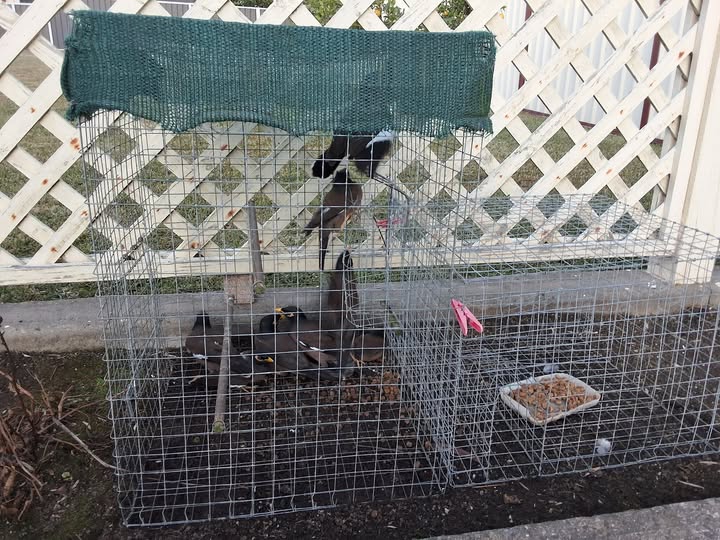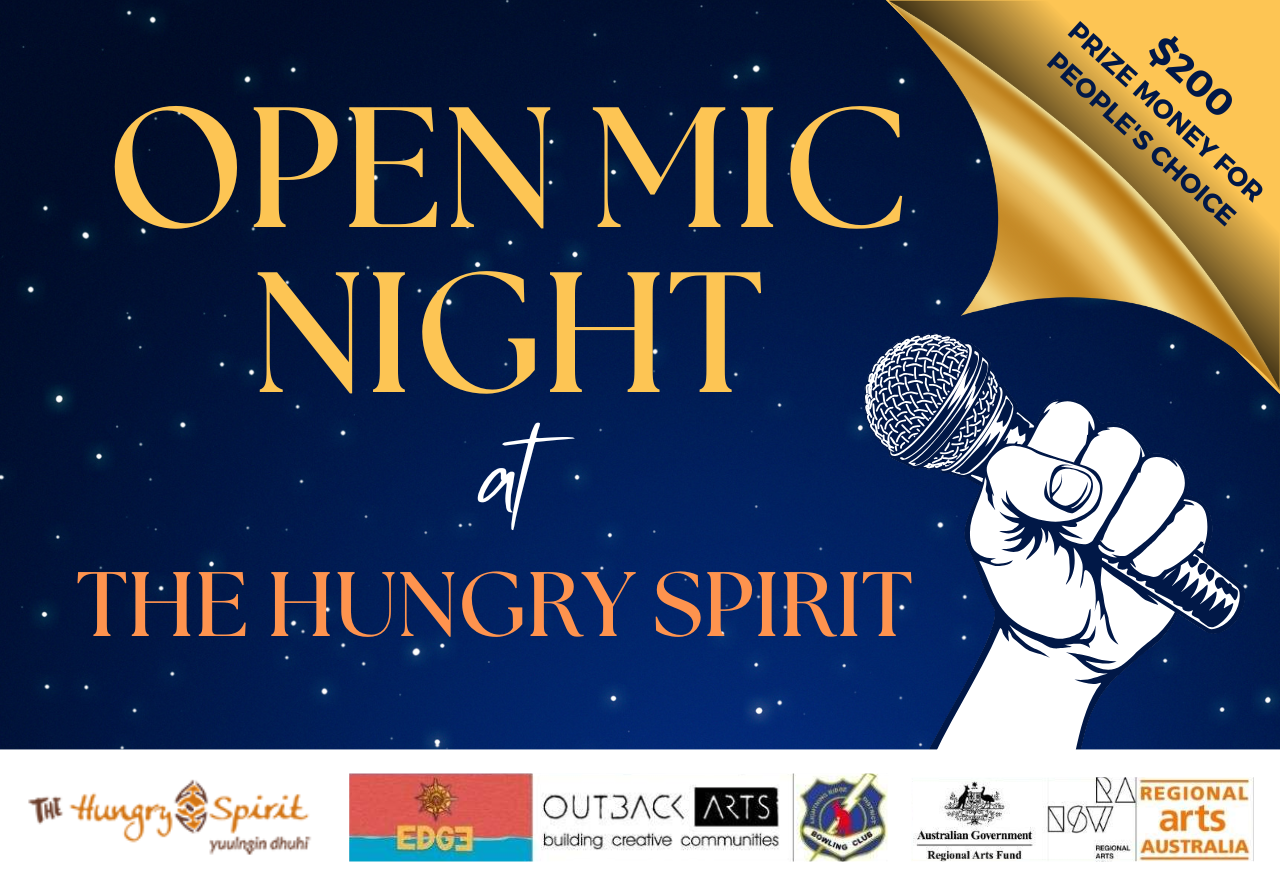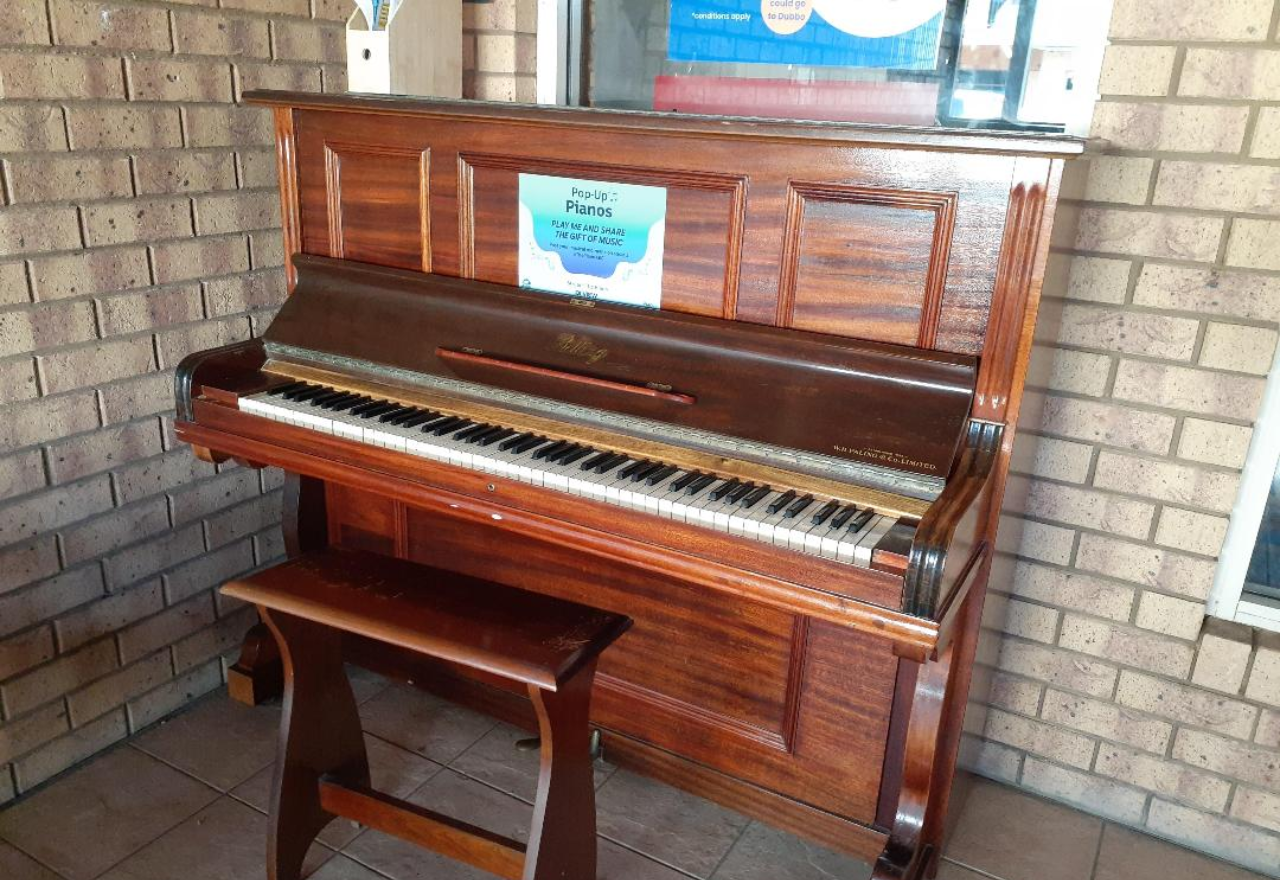Binnaway local says major Myna invasion is underway
Farren Hotham
18 July 2025, 9:40 PM
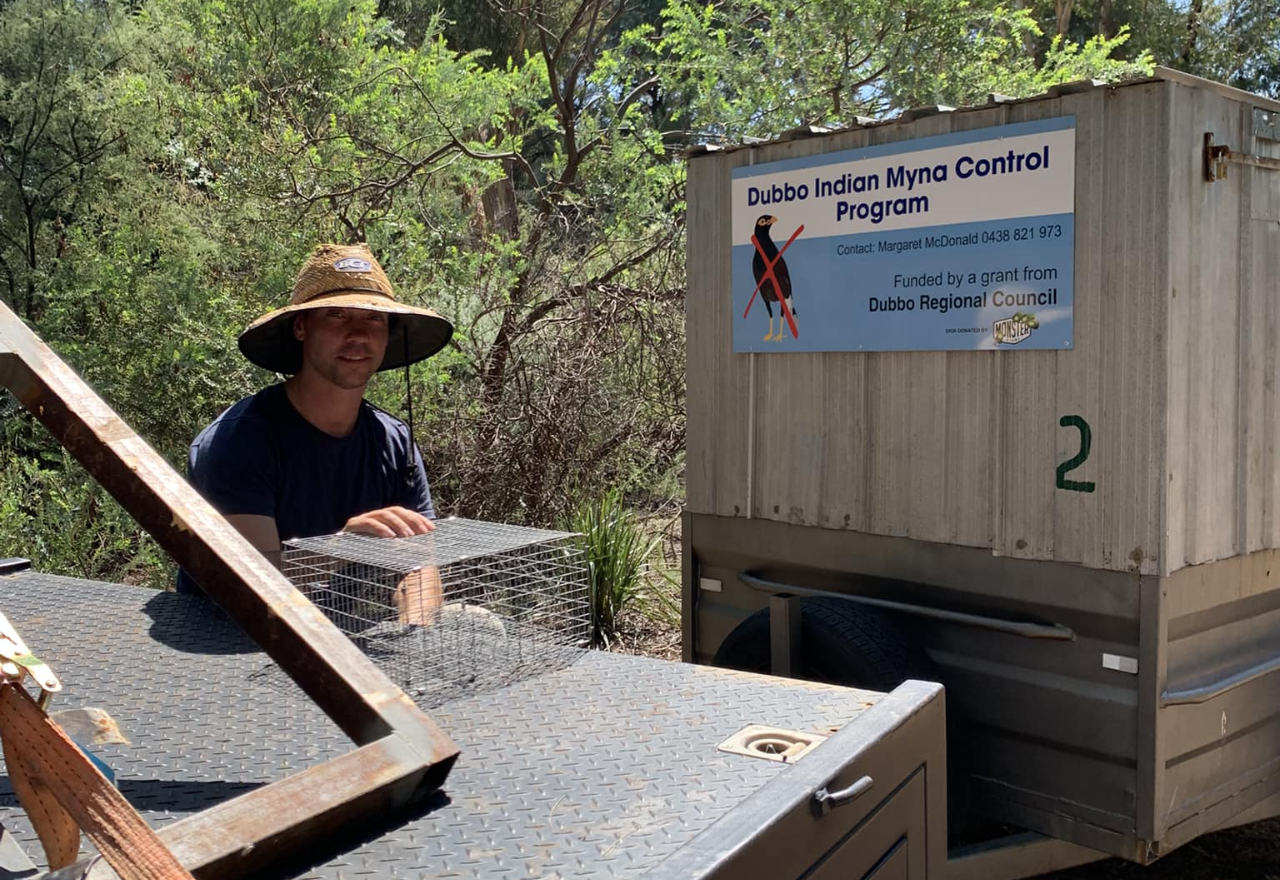 Myna trap delivered to Bill Snelson at Binnaway. [IMAGE SUPPLIED]
Myna trap delivered to Bill Snelson at Binnaway. [IMAGE SUPPLIED]Binnaway's Bill Snelson believes a group he is involved with might be fighting a losing battle over the invasive Indian Myna birds.
The Indian Mynas were brought into Australia in the 1800s as a killer of pests.
He says they are continuing to wreak havoc across the Western Plains.
According to Dubbo Environment Group Myna Control they are now causing trouble on farms.
President Margaret McDonald says a farm in the Plains she visited has been inundated with Myna birds eating silo grain and the damage was extraordinary.
‘’They're invading pigeons, young animals and native species," Ms McDonald said.
‘’The owner of the property on the outskirts of Narromine said up to 500 birds were hazardous and out of control.’’
Trapping them is effective but their numbers are large.
Communities across the Western Plains seeing the effects as the pest spreads further inland.
A campaign launched by a Dubbo-based group is working to recruit an army of people who have learned about the pest and are taking action towards control.
Source: facebook
Mr Snelson joined the group two years ago catching several hundred.
''The Mynas have spread quickly and some in our area are concerned they can contaminate livestock especially cattle," he said.
"I have caught 560 since September.''
Mr Snelson attracts them to with a trap.
''They are lured with food and young ones call out to others and I have managed to snare quiet a few after they find their way through the cage trap.''
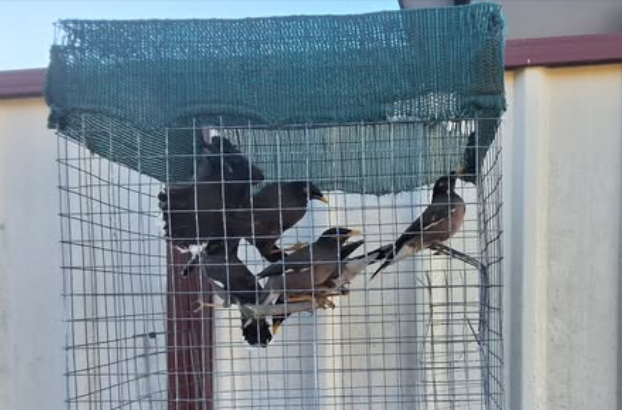
Indian mynas in a home made trap. []IMAGE facebook]
He says locals are bewildered by their presence.
''The guys at the local men's shed were amazed to see a flock of about 100 fly over the other day.
"They are a serious pest and menace.''
Both the Nyngan and Coonamble Men's Sheds have built traps and cages and Mrs McDonald said recently the Macquarie Marshes were helping the cause.
How to identify an Indian myna
‘’Many people don’t notice them and think they are pretty birds and confuse them with noisy miner birds," Mrs McDonald said.
"Mynas have brown body, black head and yellow beaks and legs.’’
NSW Local Land Services said they trying to help by advising communities on control methods.
‘’They're considered a pest due to their aggressive impact on native wildlife and we support what the Myna group is doing to help manage the spread of the birds," a spokesperson said.
Mrs McDonald said her volunteer Dubbo Indian Myna Control Program is helping and she encourages others to join.
Almost 4000 people are already members.
She says 100 native species are now at risk over the behaviour of the Myna.
The invasive bird pest is known for eating them.
‘’They will wipe out our native birds, frogs, insects, squirrel glider, pigmy possums and smaller reptiles.
"They carry diseases, lice, mites.
"With your support you can help us to wipe them out, and contribute to saving our precious native species.’’
